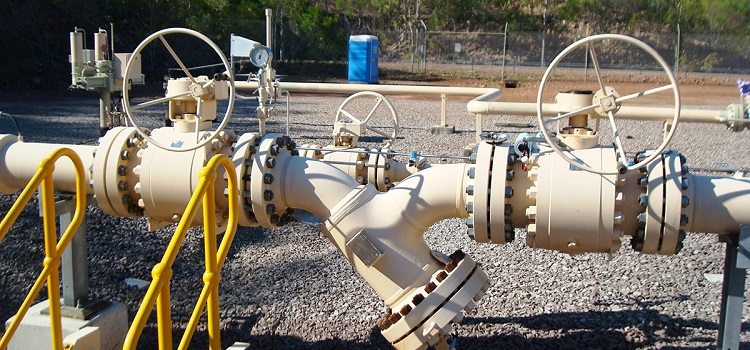The shut-off valve actually serves to shut off the flow of the working medium of the pipeline. However, the technical characteristics of this device also allow you to adjust the volume of the transported substance, as well as the speed of its movement. The flanged valve is widely used in heating, plumbing and gas systems. Due to its convenient and reliable design, this part is in high demand in the construction market.
Device classification
According to the method of blocking the flow of the working medium, four types of valves are distinguished.
Screw. The movable valve is fixed to the stem by a threaded connection. It is pressed against the seat located in the valve body. Tightness is ensured by stuffing box packing, which is a sealing washer. This valve has the following specific disadvantages:
- able to pass fluid in only one direction;
- wear of paronite or rubber gaskets requires periodic replacement. And slag or sand falling under the valve can cause their partial or complete destruction.
Gate. The device is more reminiscent of a valve than a valve: a conical valve is lowered between two mirrors using a threaded rod. Instead of an oil seal, durable polymer or rubber seals are often used.
Ball. A ball made of stainless steel or brass having a through hole rotates in the valve body when the handle is rotated. It is fixed by a pair of PTFE or Teflon ring saddles. Sealing the stem provides a gasket of the same material.
Cork. The flow in them is blocked by a conical plug with a through hole. Typical problems are:
- periodic stuffing box packing is required;
- turning the plug in a large valve requires considerable effort.
Varieties and features
Consider the features of flanged valves, depending on the material of manufacture. For industry it is most often steel and cast iron, and for domestic use - brass or bronze.
Steel valve. Such a part is installed on pipelines, mainly for water and steam. In addition, corrosive substances, carbon dioxide, natural and liquefied gas and ammonia can act as a working medium. The differences in the characteristics of a steel flanged valve from a cast-iron and brass counterpart are primarily associated with pressure and operating temperature. The values of these parameters are 6.3 MPa and + 425 ° C, respectively.
On a note! Such indicators make it possible to use this device in highly stressed conditions, where there is a lot of pressure and very high temperature.
One of the significant advantages of steel valves compared to cast iron products is less weight. Due to this, the requirements for the technical characteristics of the pipeline structure are simplified, and there is no need for the installation of special fittings and additional elements.
Usually stainless steel is used to make a steel flanged valve.The case, as a rule, is made of alloy steel of the A20 and A25 grades. However, there are technologies for using metal without alloying components for this purpose.
The diameter of the conditional passage of such a part reaches 100 mm. Therefore, a steel flanged valve can be installed in the pipeline with an incredibly high flow rate of the working medium.
By the type of case, such devices are continuous and angular. The first type is used on straight sections of the highway. Its disadvantage is the high hydraulic resistance. The scope of the angle valve is the connection of pipelines located perpendicular to each other.
There is also a separate category of steam passage steel valves. They are used on pipelines for transporting a working medium with a temperature of more than 400 ° C. The advantage of a steam flanged valve is the absence of stagnation zones. But it was not without drawbacks either. The steam valve has large dimensions and weight.
Brass valve. It is used on pipelines transporting liquid and vaporous working medium. The stuffing box packing is asbestos-free, and the o-rings are paronite. Manual control method, where the role of the handle is played by the flywheel. Dimensions and weight of the most popular modifications of brass valve in everyday life are presented in table No. 1.
Table 1
| Height mm | Length mm | Conditional diameter, mm | Weight kg |
| 118 | 142 | 50 | 1,58 |
| 106 | 110 | 40 | 1,19 |
| 95 | 95 | 32 | 0,67 |
| 86 | 80 | 25 | 0,44 |
| 80 | 65 | 20 | 0,30 |
| 80 | 55 | 15 | 0,25 |
Cast iron valve. The body is made of malleable or gray cast iron. The locking assembly is a complex multicomponent design. It includes the following parts: oil seal, flywheel with threaded rod and spool. A feature of the cast iron flanged valve is that almost all the details of its locking assembly are steel. An exception is made only for the sealing element of the valve spool of a cast-iron valve. At its end, you can see a leather, fluoroplastic or rubber gasket.
In conclusion, it should be noted that shut-off flanged valves are very unpretentious to environmental conditions. They can be used both in large enterprises and installed in the basement of a residential building.









